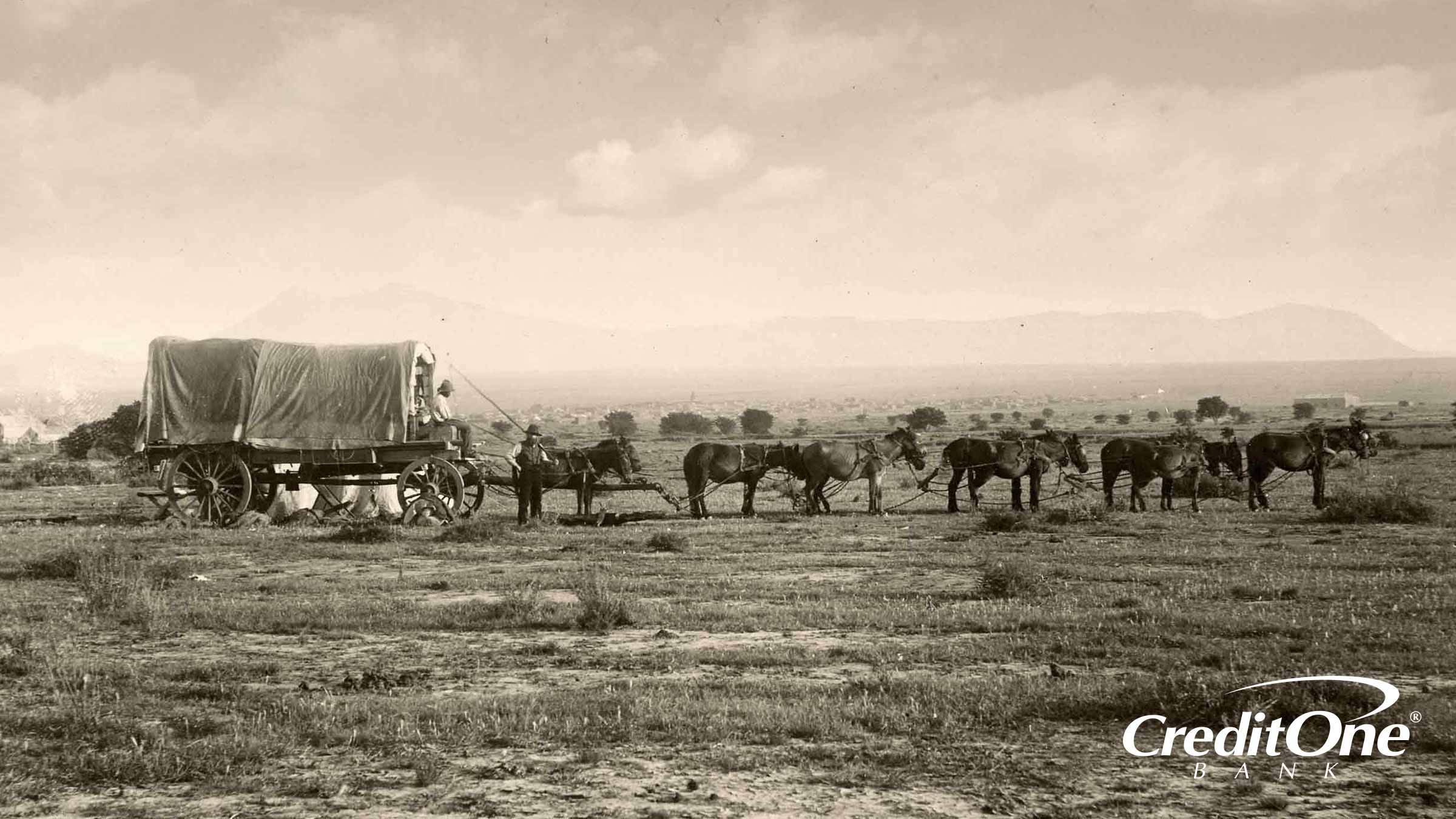When Credit Cards Were Invented
When Credit Cards Were Invented - Credit cards have become a staple in our modern-day society, allowing us to make purchases and transactions without the hassle of carrying cash. But have you ever wondered how and when credit cards were invented? Let's dive into the fascinating history of credit cards and how they have evolved into what we know today.
Credit Card Definition
Understanding the Basics
A credit card is a plastic card that allows the cardholder to borrow money from the issuer of the card to make purchases or transactions. The cardholder is then obligated to pay the borrowed amount back with interest, typically on a monthly basis.
/credit-cards-Adam-Gault-OJO-ImagesGetty-Images-56a906ee3df78cf772a2f137.jpg)
Credit Card History - A Timeline from the 1900s to Now
Early Beginnings
The concept of credit began in the early 1900s, where merchants extended credit to customers in the form of charge accounts. These accounts allowed customers to purchase items and pay for them later. However, these accounts were only available at specific stores and were not widely accepted as a form of payment.
The Diner's Club Card
The first true credit card was the Diner's Club Card, invented in 1950 by Frank McNamara. The card was initially meant for wealthy individuals who regularly dined out and allowed them to charge their meals to the card and pay for them later. However, the card quickly gained popularity, and by the end of the year, more than 20,000 people had signed up for the card.

Bank Credit Cards
In 1951, the first bank credit card was introduced by the Franklin National Bank in New York. The credit card was only available to customers who had a checking account at the bank and could only be used at local merchants who were part of the bank's network.
The American Express Card
In 1958, American Express introduced its first credit card, which was accepted by a wider range of merchants than the Diner's Club card. The American Express card also allowed cardholders to pay their balance over time, unlike the Diner's Club card, which required cardholders to pay their balance in full every month.
MasterCard and Visa
In the late 1960s, both MasterCard and Visa were introduced, and they quickly became two of the most widely accepted credit cards in the world. These cards were issued by banks and allowed cardholders to make purchases at a wide range of merchants.

The Digital Age
In the 21st century, credit cards have continued to evolve as technology has advanced. Today, many credit card companies offer rewards programs, cash-back incentives, and other perks to entice customers to use their cards. Many credit cards also come equipped with contactless payment technology, which allows for quick and easy transactions without the need to swipe or insert the card into a payment terminal.
Tips for Using Credit Cards Responsibly
1. Pay Off Your Balance in Full
It's important to pay off your credit card balance in full each month to avoid accruing interest charges. If you can't pay off your balance in full, try to pay more than the minimum payment to reduce the amount of interest you'll need to pay.
2. Use Your Credit Card Sparingly
Don't rely on your credit card to make purchases you can't afford. Instead, use your credit card sparingly and only for purchases that you know you can pay off in full each month.
3. Monitor Your Credit Card Statement
Be sure to regularly review your credit card statement to ensure that all charges are accurate. If you notice any discrepancies, contact your credit card company immediately.
4. Avoid Cash Advances
Avoid using your credit card to take out cash advances, as these typically come with high-interest rates and fees.
Ideas for Getting the Most Out of Your Credit Card
1. Look for Cards with Rewards Programs
Many credit cards offer rewards programs that allow you to earn points or cash back for every purchase you make. Look for cards that offer rewards that you'll actually use, such as cash back on groceries or travel rewards.
2. Utilize Introductory Offers
Many credit card companies offer introductory offers, such as 0% APR for the first few months or a waived annual fee. Be sure to take advantage of these offers, but make sure you can still pay off your balance in full each month.
3. Use Your Card for Necessities
If you're looking to build your credit score, use your credit card for everyday necessities like gas and groceries. Just be sure to pay off your balance in full each month.
How to Choose the Right Credit Card
1. Determine Your Needs
Consider why you want a credit card and what you'll use it for. Do you want to earn rewards? Build your credit score? Make large purchases over time? Understanding your needs will help you choose the right credit card.
2. Research Your Options
Research credit card options and compare card features, fees, and rewards. Look for cards that meet your needs and offer the perks that you'll actually use.
3. Check Your Credit Score
Knowing your credit score will help you determine which credit cards you're eligible for. If your credit score needs some work, consider a secured credit card or a credit card specifically designed for those with poor credit.
Now that you know the history of credit cards, how to use them responsibly, how to get the most out of them, and how to choose the right one, you're ready to start making purchases and building your credit score. Just remember to use your credit card wisely and to pay off your balance in full each month to avoid accruing interest charges.
View more articles about When Credit Cards Were Invented
Post a Comment for "When Credit Cards Were Invented"